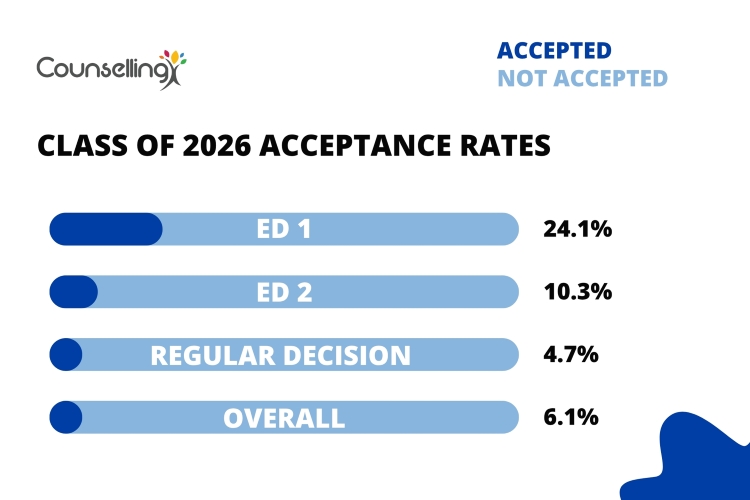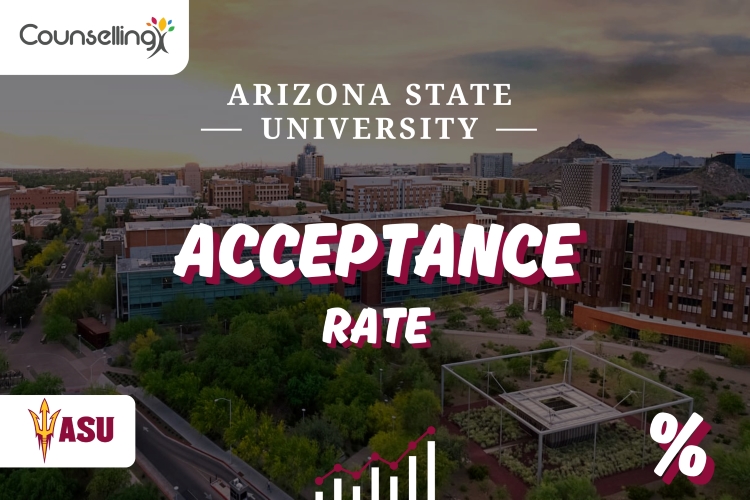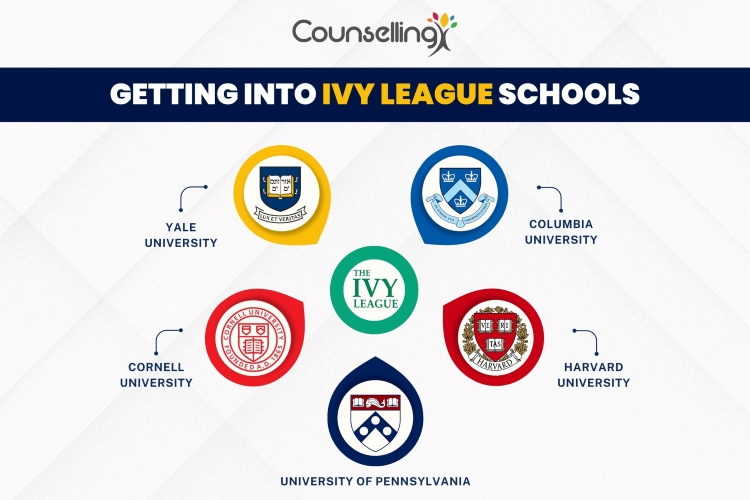Picture this — you’ve just hit "Submit" on your FAFSA application, and there’s a slight sigh of relief, only to be replaced by a nagging question: Now what? If you’re applying from India or the UAE and dreaming of studying in the United States, you’re probably eager to know how long the Free Application for Federal Student Aid (FAFSA) takes to process.
In this blog, we’ll walk you through the real timeline — what happens behind the scenes, how long it really takes, and what you can do while you wait. We’ll also shed light on how your geographic location might play a subtle role and what international applicants should especially keep in mind.
What Happens After You Submit FAFSA?
Once your application is submitted, the data doesn’t just sit there. It flows directly to the U.S. Department of Education, which runs it through the Central Processing System (CPS). The system checks for errors, verifies your Social Security Number (if applicable), and cross-checks the financial details you’ve provided. Think of it as a multi-step scan, each checkpoint making sure everything is accurate and complete before any decision is made.
So, How Long Does FAFSA Take to Process?
On average, FAFSA takes anywhere from 3 to 5 days if you applied online and signed it electronically. If you mailed a paper application, you're looking at closer to 7 to 10 days, sometimes longer if documents are incomplete or if there are discrepancies.
But this is only the first layer!
After FAFSA is processed, your Student Aid Report (SAR) is generated. This document summarises everything you submitted and includes your Expected Family Contribution (EFC), a key number that schools use to calculate your financial aid package.
Your SAR usually arrives within:
• 3 to 5 days for online applicants with FSA IDs
• Up to 2 weeks for paper applications
Still, the real wait begins once schools receive your FAFSA data and start crafting your aid offer. That can take several more weeks, especially if you’ve applied to multiple institutions with varying timelines.
For International Students from UAE & India: What’s Different?
While the processing time technically doesn’t vary by geography, the context around your application does. Most U.S. federal aid is for U.S. citizens or eligible non-citizens.
But here’s the catch — many universities require FAFSA submission even from international applicants to assess institutional aid eligibility. Moreover, dual citizens (like those holding U.S. and Indian/UAE citizenship) must complete FAFSA if they’re seeking aid.
So, if you're applying from outside the U.S., it’s vital to:
• Use an accurate U.S. address if you have one (for mailing and contact)
• Ensure your international income documentation is converted properly into U.S. dollars
• Check each university’s specific FAFSA code and aid policy for international students
From Submission to Financial Aid Offer: The Full Timeline
With a clearer understanding of the detailed timeline for the financial aid process, students and parents can more effectively navigate the journey, ensuring they meet deadlines and provide the necessary information to secure the funding needed for their education. Let’s explore a practical scenario that outlines each critical step along the way:
Step 1: You submit FAFSA online – April 1
Step 2: FAFSA processes application – April 4
Step 3: SAR is sent to your email or portal – April 6
Step 4: Universities receive your FAFSA data – April 7–10
Step 5: Universities evaluate your need and issue aid offers – By late April or May (depending on their admission cycle)
In total, it can take anywhere between 2 to 6 weeks from FAFSA submission to receiving a financial aid package from a university.
What Can Delay FAFSA Processing?
It’s not always smooth sailing. Here are some common pitfalls that slow things down:
• Missing signatures (student or parent)
• Mismatched personal information (especially for dual nationals)
• Incorrect Social Security or FSA ID
• Income inconsistencies or unreported foreign income
• Listing the wrong school codes
Each of these triggers a manual review or flags your file for correction, which adds days, or even weeks, to your timeline.
What Can You Do While You Wait?
Waiting can feel frustrating, especially with deadlines looming. Here’s what we recommend students from India and the UAE do while FAFSA is in the pipeline:
Review your SAR for accuracy — Any mistakes? You can log back in and make corrections. It’s quicker to fix early errors than to untangle them later.
Follow up with universities — Many universities have their own timelines. Some offer rolling admissions and aid packages, while others wait until the FAFSA deadline passes. Contact their financial aid office to ask when aid offers will be finalised.
Explore additional funding options — Universities aren’t your only hope. There are private scholarships, state aid (if you’re eligible), and education loans through Indian or UAE banks that consider FAFSA outcomes during approval.
Consult a professional counsellor — This is where a seasoned admission counselling team can make a difference. Whether you’re unsure how to interpret your SAR or confused about school codes, getting expert support early prevents mistakes later.
Can You Speed It Up?
Here’s the honest truth: there’s no magic button to fast-track FAFSA processing, but there are smart strategies.
Apply early — Submitting your FAFSA as soon as the application opens increases your chances of maximising aid, especially for need-based grants that are distributed on a first-come, first-served basis.
Use the IRS Data Retrieval Tool — If applicable, this tool pulls your income data directly from the IRS, reducing errors and increasing accuracy.
Double-check all entries — One typo can cost you a delay of a week or more.
Stay paperless — Submit everything electronically when possible. Paper forms not only take longer but also risk getting lost or misread.
When Should You Worry?
If it's been more than 2 weeks since submission and you haven’t received your SAR, or if schools haven’t acknowledged receipt of your FAFSA, something’s wrong. Start by logging into your FAFSA account to check the status.
Still blank? Contact Federal Student Aid or your school’s financial aid office directly.
For Parents: What Role Do You Play?
If your child is a dependent student, your income and signature are crucial parts of their FAFSA. For families in the UAE or India, it’s essential to:
• Understand U.S. tax equivalencies if income is earned abroad
• Translate foreign financial documents accurately
• Provide electronic consent where required
A small oversight on the parents’ end, especially regarding marital status, income disclosure, or number of dependents, can lead to bigger issues later.
Why This Matters More Than Ever in 2025
With rising tuition and fluctuating exchange rates, students from India and the UAE are more cautious than ever before when planning their U.S. education. FAFSA isn’t just a form; it’s the gateway to thousands of dollars in grants, scholarships, and loans.
But it’s also easy to make mistakes, especially when dealing with multiple currencies, deadlines, and documentation. That’s why partnering with an experienced admission counsellor doesn’t just make things easier, it often makes all the difference in getting funding versus missing out.
Final Thought
Understanding FAFSA processing time is about more than dates and deadlines. It’s about positioning yourself smartly in a competitive admissions environment. As an international student, you're juggling not just forms, but futures. The earlier you start, the cleaner your application and the smarter your support system, the better your chances. Whether you're a U.S. citizen in India or a UAE student navigating dual systems, the FAFSA process can be smooth, with the right guidance.
Let us help you get there!
From application to award letter, we’ve walked this road hundreds of times, and we’re here to make sure you don’t just walk it — you thrive on it.
FAQs
1- Who should fill out the FAFSA?
Every eligible student should aim to complete the FAFSA for the first time during their final year of high school. The Free Application for Federal Student Aid (FAFSA) helps with college funding.
2- Can undocumented students complete the FAFSA?
Undocumented students, which include those with temporary protected status as well as Deferred Action for Childhood Arrivals (DACA) recipients, do not qualify for federal aid. However, you might qualify for financial aid from your state, college, or scholarship organisations. Be sure to contact the financial aid office at the colleges you are interested in.
3- When should I fill out the FAFSA?
Submit your FAFSA as soon as possible to maximise your chances of obtaining financial aid. The federal deadline to complete the FAFSA is June 30. However, individual states and colleges may set their own earlier priority deadlines, and certain types of financial aid may be limited. Colleges often allocate these funds on a first-come, first-served basis. Check your college’s website for specific deadline information.
4- What information does the FAFSA require?
If you are classified as a dependent student and are filling out the FAFSA with your parent(s) information, you must provide:
· General demographic data.
· Information about high school and college.
· Federal income tax returns.
· Recent bank statements.
· Documentation of investments and other assets.
5- Do I need my parent(s) to fill out the FAFSA?
Most students are classified as dependent when filling out the FAFSA, which means they need to provide parental information. Your dependency status dictates whose details must be included on the FAFSA form. If FAFSA regards you as an independent student, you will not need to include information from your parents or guardians.











